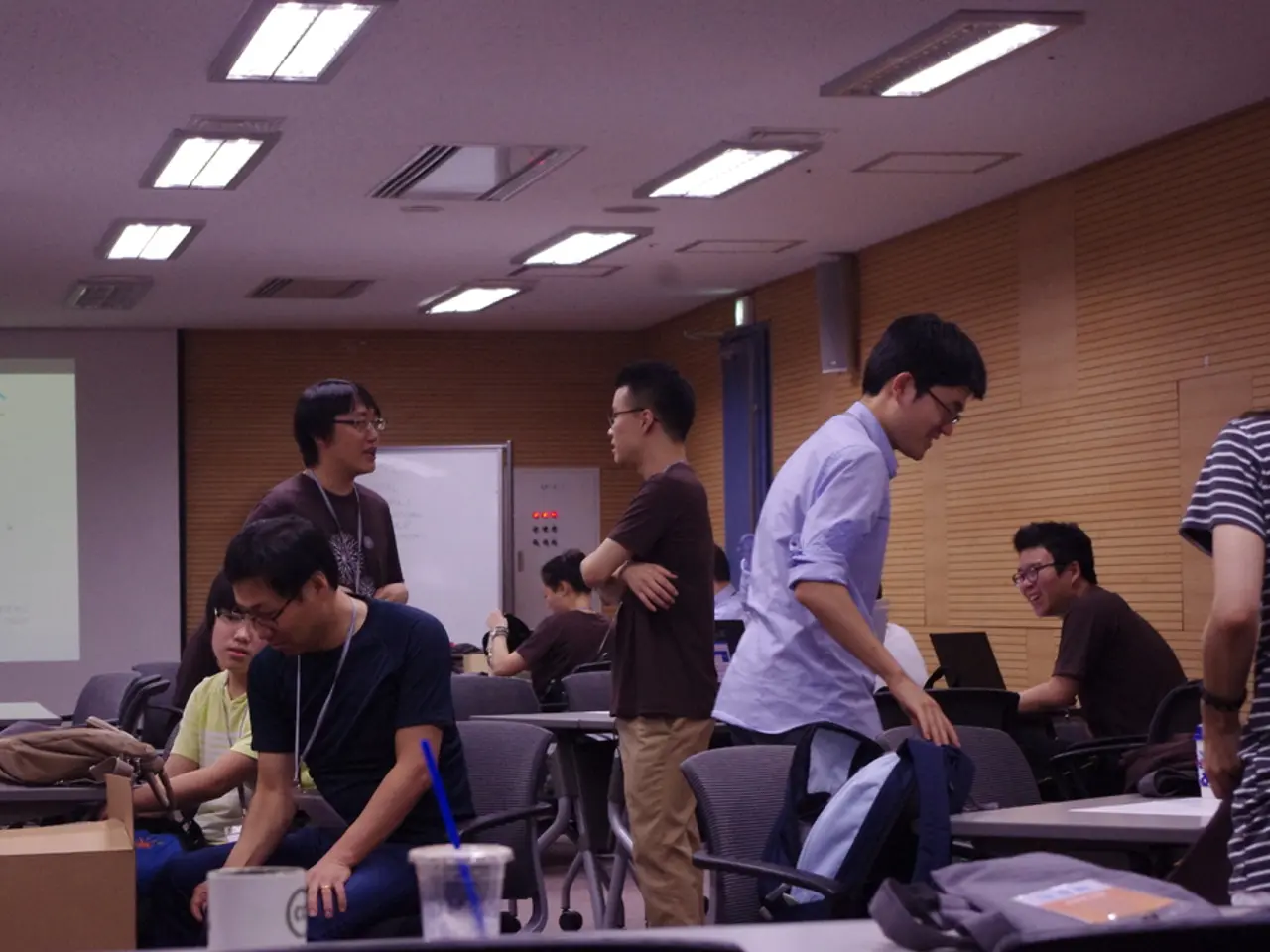Encouraging an Education Environment that Empower Students through Expression and Decision Making
In the realm of education, fostering a nurturing and inclusive classroom culture is paramount. At the recent Tech & Learning Leadership Summit in Atlanta, this was a key topic of discussion, with a focus on launching and sustaining opportunities for students to share their voices.
One of the core values students appreciate is feeling cared about and valued. Celebrating students' diverse backgrounds is encouraged as a means to foster a more inclusive learning environment. This approach encourages students to feel comfortable expressing themselves, fostering a more open and participatory learning atmosphere.
Risk-taking and boldness are qualities that should be celebrated in the classroom. Creating a culture that praises these traits can empower students to share their opinions and ideas, leading to a more dynamic and engaging learning experience.
To enhance student voice, various tools were discussed. These include Nearpod, Flip, Wakelet, Canva, Pixton, Chatter Pix, Kami, and LinkedIn. These tools offer a range of possibilities for students to express themselves creatively and collaboratively, helping them to feel academically engaged and respected.
Educators also emphasised the importance of teaching students how to choose what works best for them to be successful. Providing students with multiple options for an assignment, for example, allows them to choose content that is relevant, meaningful, and exciting to them.
Multiple assessment methods should be provided to allow students to express their voice in the most powerful way for them. Allowing for student voice can enhance student engagement, making them feel valued and heard, which is essential in creating a safe culture for students to share their voice.
Empowering student voice transforms a learner from being an observer to an initiator. The most outspoken students do not always show leadership. Kids can demonstrate leadership by teaching and mentoring others, through visual storytelling, or school/community volunteerism.
The speaker at the summit, a former district and school leader, shared that a third of students entering high school reported feeling disengaged during their tenure. This underscores the importance of creating a classroom culture that empowers students to take an active role in their learning.
Providing students with the opportunity to process and discuss topics with others will deepen their understanding and give them an opportunity to hear others' perspectives. There were links to the tools and examples the participants shared to support creating a classroom environment that empowers students.
The summit also touched upon the importance of providing school administrators with efficiency tools, such as the 8 Efficiency Tools for School Administrators, although these were not directly related to student voice.
Unfortunately, the search results do not provide specific information about which schools or educational institutions made proposals at the Tech & Learning regional leadership summit to enable and maintain opportunities for students to have their voices heard. However, the summit served as a powerful reminder of the importance of empowering student voice in education.
Using the strategies mentioned for instruction will show students their voice matters, fostering a classroom of engaged learners who are eager to contribute to meaningful learning experiences. Education should provide students with the tools and environment to become initiators, not just observers, in their own learning journey.
Read also:
- California's Democratic Governor Newsom's drive for new House district maps is not set in stone, despite the heavily Democratic lean of the state.
- Comprehensive Cancer Care Strategy Encompassed by Siemens Healthineers Entirely
- Romanian ex-Prime Minister Victor Ponta ousted from PSD following independent presidential campaign launch
- Federal solar energy initiatives among Wyoming's tribal communities face varying outcomes following the Trump Administration's withdrawal of funding.




